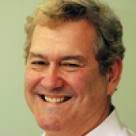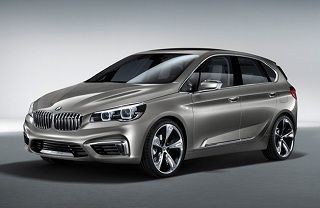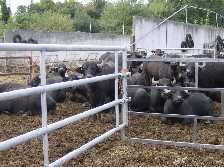World Resource Institute Reports on the Development of Coal-fired Power Plants Around the World
When I interviewed Robin Murphy, spokesperson from the World Resource Institute for my first book, “Renewable Energy – Facts and Fantasies” I recall how impressed I was at the organization and their work. Here’s an article they wrote on the development of coal-fired power plants around the world. Currently, there are 1200 new plants in the planning stages, totally about 1.5 terawatts (1,500,000 megawatts).
Needless to say, this is terrible news for a planet heating up from greenhouse gas emissions, and for the respiratory systems of the people who live here. Such tidings heighten the imperative for the nations of the world to work together, as they are doing this week and next, at the Conference of Parties meetings, and make meaningful agreements with respect to this tragic path we’re pursuing.









